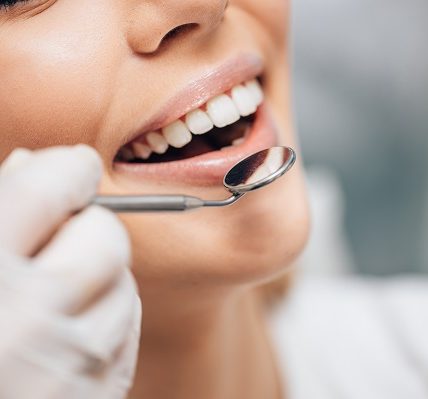Temporomandibular joint (TMJ) disorders can cause discomfort and affect the function and appearance of your smile. Fortunately, there are various treatment options available through cosmetic dental care to address TMJ issues and improve both oral health and aesthetics. In this article, we’ll explore TMJ treatment options within the realm of cosmetic dental care and how they can benefit individuals experiencing TMJ-related symptoms.
Understanding TMJ Disorders
The temporomandibular joint (TMJ) acts as a hinge that connects your jaw to your skull. TMJ disorders can occur when there are problems with the muscles, ligaments, or bones in and around this joint. Common symptoms of TMJ disorders include:
- Jaw pain or tenderness
- Difficulty chewing or biting
- Clicking or popping sounds when opening or closing the mouth
- Jaw locking or limited movement
- Headaches or earaches
- Facial pain or discomfort
Cosmetic Dental Care and TMJ Treatment
Cosmetic dental care focuses on improving the appearance of your smile, but it also plays a significant role in addressing functional issues like TMJ disorders. Here are some TMJ treatment options offered through cosmetic dental care:
- Orthodontic Treatment: Orthodontic treatment, such as braces or clear aligners, can help correct misaligned teeth and bite issues that may contribute to TMJ disorders. By properly aligning the teeth and jaws, orthodontic treatment can alleviate strain on the TMJ and improve jaw function.
- Dental Restorations: Dental restorations, such as crowns, bridges, or veneers, can help restore damaged or worn teeth, which may be contributing to TMJ-related symptoms. These restorations can also improve the overall appearance of your smile while addressing functional issues.
- Night Guards or Splints: Night guards or splints are custom-made oral appliances that can help alleviate TMJ-related pain and discomfort. These devices are worn while sleeping and help to reposition the jaw, reduce teeth grinding or clenching, and provide cushioning for the TMJ.
- Dental Bonding: Dental bonding involves applying a tooth-colored resin to the teeth to correct imperfections such as chips, cracks, or uneven surfaces. In some cases, dental bonding can also be used to reshape the teeth and improve the bite alignment, thus relieving TMJ symptoms.
- Bite Adjustment: In cases where bite misalignment is contributing to TMJ disorders, bite adjustment techniques may be recommended. This involves carefully reshaping the biting surfaces of the teeth to create a more harmonious bite relationship and alleviate pressure on the TMJ.
- Stress Management Techniques: Stress and tension can exacerbate TMJ-related symptoms, so learning stress management techniques can be beneficial. Cosmetic dental care providers may offer guidance on relaxation techniques or refer patients to other healthcare professionals for additional support.
- Comprehensive Treatment Planning: Cosmetic dental care providers take a comprehensive approach to TMJ treatment, addressing both the functional and aesthetic aspects of the smile. By developing personalized treatment plans tailored to each patient’s unique needs, they can achieve optimal outcomes and improve overall oral health and well-being.
Conclusion
TMJ disorders can have a significant impact on oral health, function, and aesthetics. Through cosmetic dental care, individuals experiencing TMJ-related symptoms have access to a range of treatment options aimed at alleviating pain and improving jaw function and appearance.







